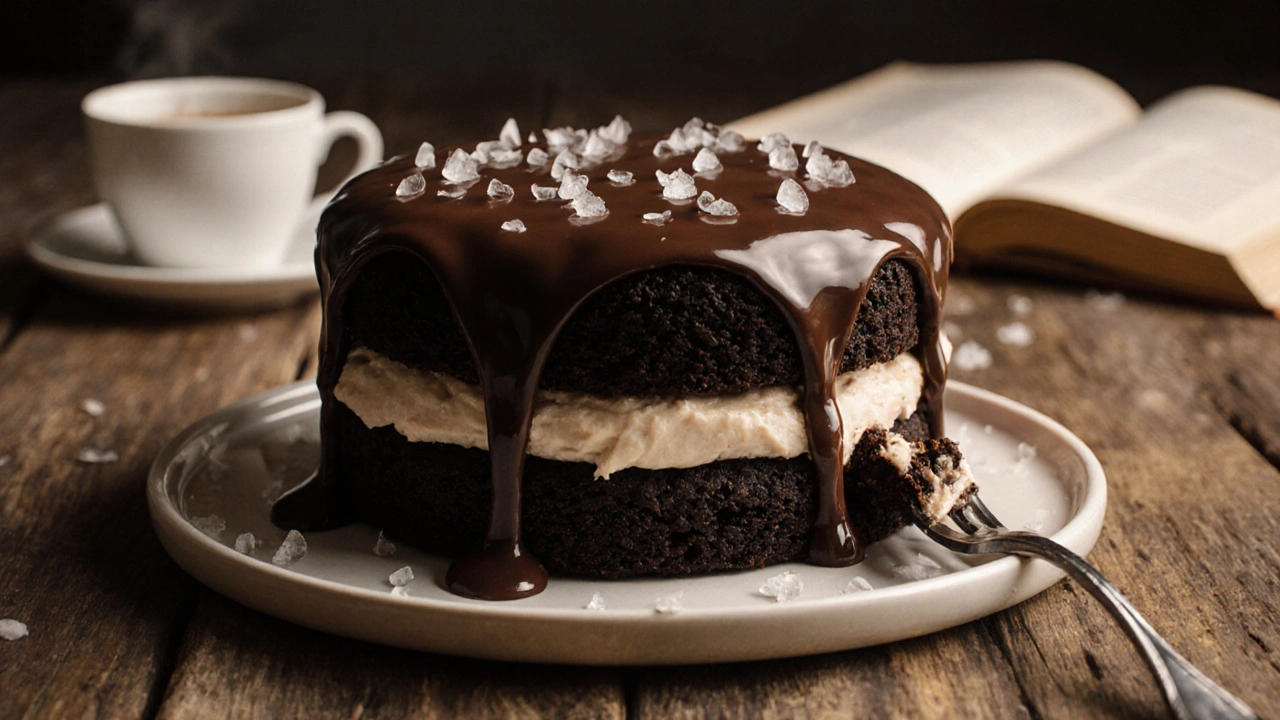Red Velvet Cake: Secrets, Substitutions, and Why It Stays Popular
When you think of red velvet cake, a rich, moist cake with a deep red hue and creamy frosting, often served at celebrations in the US. Also known as red layer cake, it's more than just a color—it's a texture, a tradition, and sometimes, a science experiment gone right. Many assume the red color comes from food dye alone, but real red velvet cake started with natural cocoa that reacted with acidic ingredients like vinegar and buttermilk, creating a subtle reddish tint. Today, most recipes rely on red food coloring to make that signature look pop, but the base still needs the right balance of cocoa, fat, and acid to stay tender and not dry out.
What makes this cake work isn’t just the color—it’s the cream cheese frosting, a thick, tangy, slightly sweet topping that cuts through the cake’s richness and balances its sweetness. Without it, red velvet feels flat. The frosting isn’t optional; it’s the reason people remember the cake. And if you’re trying to make it vegan? You’ll need plant-based butter, dairy-free cream cheese, and a reliable substitute for eggs—something like flaxseed meal or commercial egg replacers. You can still get that melt-in-your-mouth texture, but the ratios matter. Too much liquid and the cake sinks. Too little and it crumbles. The same goes for the cocoa powder—use Dutch-processed for a deeper chocolate note, or natural for a brighter, slightly fruity edge.
There’s also the question of where this cake came from. Some say it was born in a Southern bakery in the 1920s. Others point to a New York hotel that marketed it as a luxury item. Either way, it stuck because it’s festive without being over-the-top, and it’s forgiving enough for home bakers to tweak. You can swap buttermilk for yogurt, use beet juice instead of dye, or even make it gluten-free with almond flour blends. It’s a canvas. And that’s why you’ll find so many versions in the posts below—from rescue tips for dry layers to vegan swaps that actually work, and even why some people skip the frosting altogether (yes, it happens).
What you’ll see here isn’t just recipes. It’s the real talk behind what goes wrong—and how to fix it. Whether you’re making your first red velvet cake or you’ve baked ten this year, there’s something here that’ll help you get it right next time.


